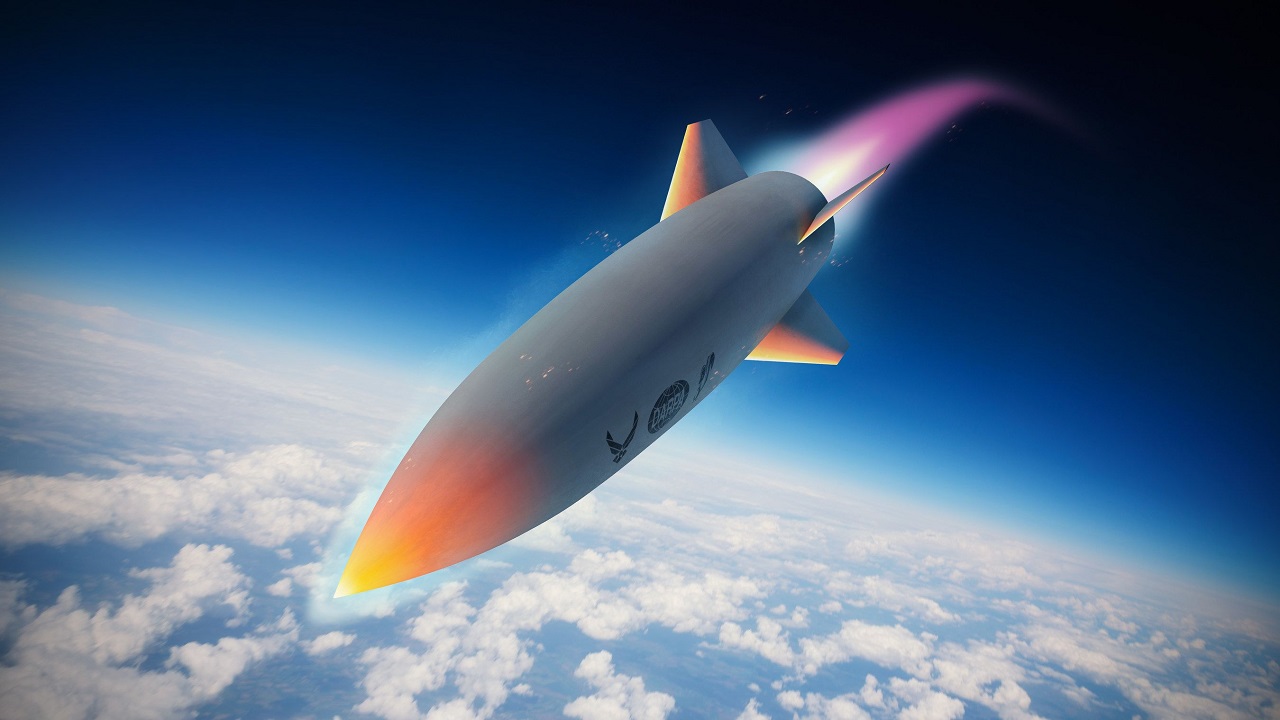The Pentagon is clearing up a mystery by adding more details to a Chinese hypersonic missile test that shocked the world in 2021. This ushered in an arms race among China, Russia, and the United States to see who could dominate the growing category of MACH 5-plus missiles. The Chinese test of its “fractional orbit bombardment” (FOBS) system – a hypersonic missile that can fly around the globe in low earth orbit and wait for the most opportune time to swoop down and glide to its target.
FOBS: Shot Heard Round the World
Such a nuclear-capable weapon would require a feat of engineering for the United States to intercept, and it was a shot heard round the world upon its test last year. In the recently released Department of Defense China Military Power Report, the authors said the FOBS weapon traveled nearly 25,000 miles – quite a journey for a new system. The military power report explains in finer detail the latest developments in China’s strategy, force posture, and new weapons systems. The report confirmed the FOB test happened on July 27, 2021.
Performance Likely Exceeded Chinese Expectations
The research claimed that the Chinese used an intercontinental ballistic missile to lift the hypersonic glide vehicle into low earth orbit. The glide vehicle flew around the earth and then landed in China close to its intended target. The flight lasted over 100 minutes, according to the report. That’s the longest and lengthiest mission of any Chinese land attack weapon to date.
The Nuclear Arms Race with the Chinese Is In Effect
China is likely concerned about America’s first and second nuclear strike capability and wanted a weapon that could foil U.S. defenses should a nuclear exchange ever occur between the two countries. China could be working on other nuclear-capable weapon systems to match the United States, the report said.
Hard to Detect and Trace Its Path
The FOB is dangerous because it has a different flight path and trajectory than a typical ICBM. The FOBS travels in unpredictable vectors. Since U.S. radars are set up to track the arc of an ICBM, the FOB could trace a pattern that could evade sensors. The FOB is not only hypersonic but also maneuverable and can wait for the optimum time to re-enter into the earth’s atmosphere before early warning radar could spot it. Interception of the FOB could be thus extremely difficult if not impossible to stop.
No Timeline Available for the FOBS to Be Fully Operational
The military power report did not contain information on how the United States could protect itself from such a weapon. The authors also did not offer details about when the FOBS would be operational or if it would be tested again anytime soon.
What Can the U.S. Do to Defend Against It?
The United States will have to rely on its Missile Defense Agency to plot the way forward to defend against the FOB. Counteractions against any hypersonic weapons by the Americans are limited at this time. There are efforts to create a satellite constellation in medium earth orbit specially tuned to sniff out a hypersonic launch in its early stages. SM-6 missile interceptors could be effective against some hypersonic weapons.
More to Stew Over
The FOB is a headache for the Department of Defense. The Chinese seem to be testing effective new arms systems to force the Americans to spend more on its military to keep up. The United States has new Chinese ships and next-generation airplanes to worry about. Now, it could have its first nuclear strike advantage challenged by China. An intense barrage of Chinese ICBMs and perhaps hypersonics like the FOB could overwhelm U.S. missile defenses.
There is also no arms control mechanism in place to slow down this race. While the United States may not wave the white flag and beg the Chinese to attend arms limitation talks, it may take negotiations under consideration if Beijing continues to leap ahead with advanced hypersonic glide vehicles that are nuclear capable.
Expert Biography: Serving as 1945’s Defense and National Security Editor, Dr. Brent M. Eastwood is the author of Humans, Machines, and Data: Future Trends in Warfare. He is an Emerging Threats expert and former U.S. Army Infantry officer. You can follow him on Twitter @BMEastwood. He holds a Ph.D. in Political Science and Foreign Policy/ International Relations.

